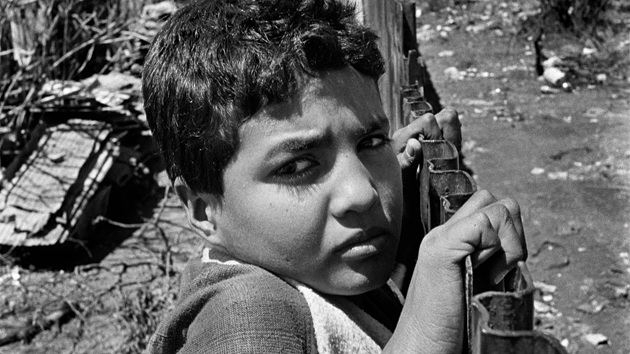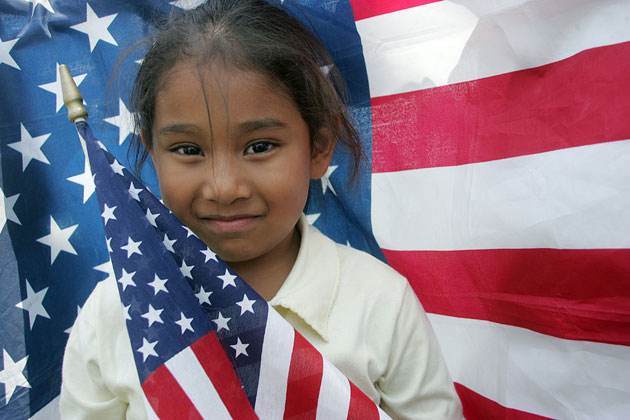Yesterday, the Obama administration announced that it was creating a multiagency taskforce to oversee the recent surge of unaccompanied child migrants coming primarily from Central America and Mexico. The announcement included plans to move some 600 kids from holding cells at the border to an emergency shelter at Naval Base Ventura County in Southern California.
As the number of unaccompanied children entering the United States has more than doubled since 2011, the Office of Refugee Resettlement—the part of the Department of Health and Human Services charged with caring for unaccompanied minors in US custody—has brought more and more shelters online to accommodate the influx. (Kids are typically housed in these shelters until ORR can reunify kids with US-based family, with whom they stay pending their immigration hearings.) Here’s what the increase has looked like:
So where, exactly, are these shelters? Fifty of the 80 shelters in 2013 were in states along the Southwest border; Texas alone had 33 shelters. The rest, however, are spread out throughout the country. As Maria Woltjen, director of the Young Center for Immigrant Children’s Rights, told me in an interview: “Nobody in Chicago knows there are 400 kids detained in our midst. You walk by, and you think it’s just an old nursing home, and it’s actually all these immigrant kids who are detained inside.”
Check out our map of ORR’s 2013 shelters, data I obtained via a Freedom of Information Act request:
















